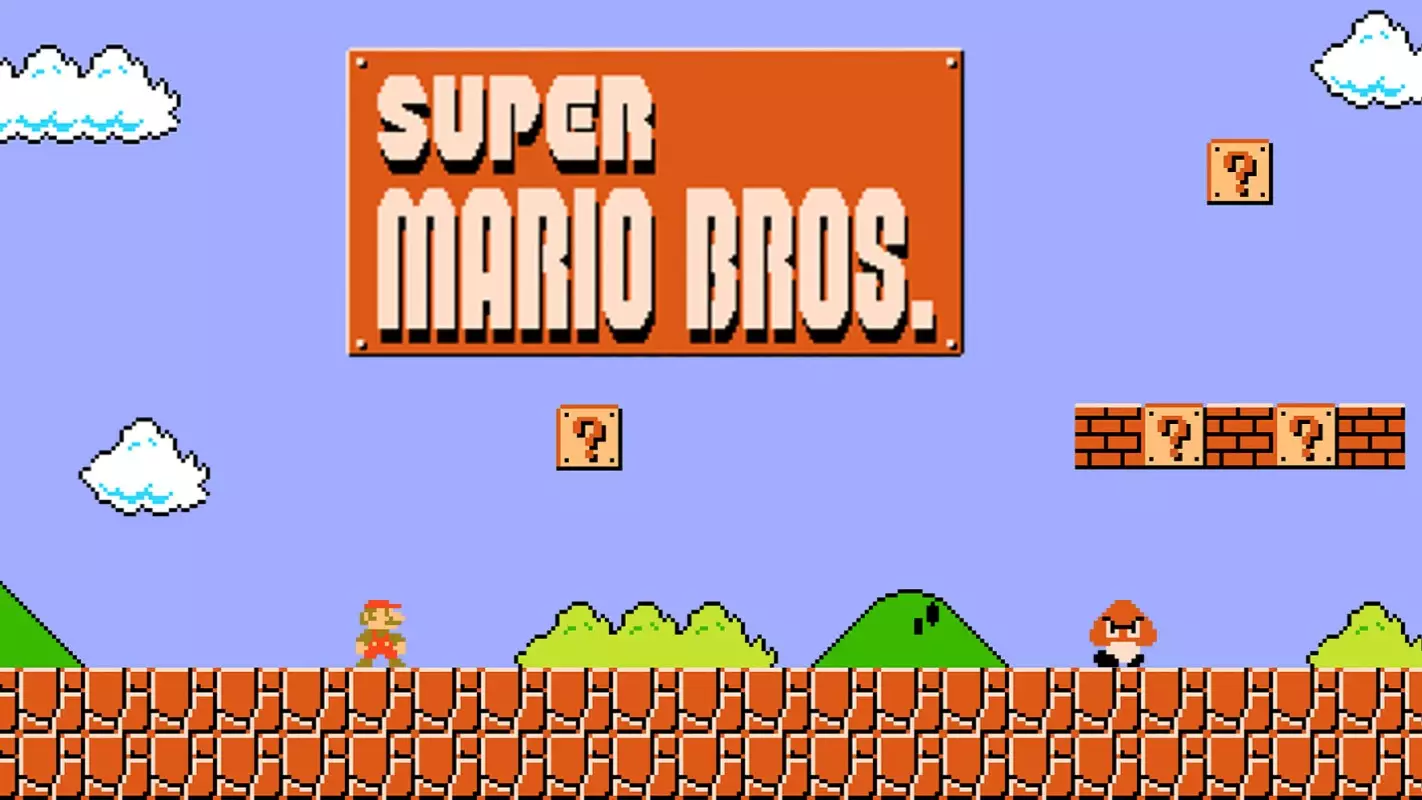
Out now from publishers White Owl, The NES Encyclopedia is a hefty, heavy hardback book featuring every single game that came out for the Nintendo Entertainment System - the console (sorry, 'Control Deck') that changed everything for its manufacturers, and revitalised the video game world after an early 1980s slump that could have potentially derailed the industry for good.
Written by games journalist and passionate Celtic supporter Chris Scullion, the book collects every officially licensed game that came out for the NES (that'll be 714 in total) as well as a host of unlicensed titles, which Scullion describes as "basically the Wild West", and which at times represents "an eclectic mix of nonsense".
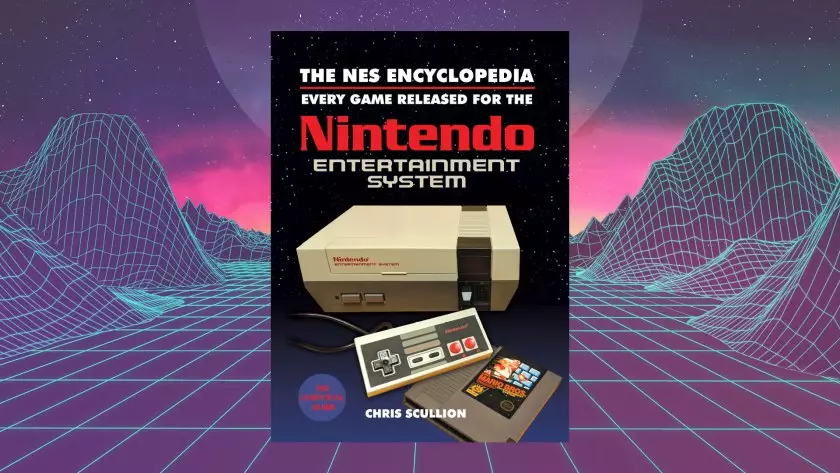
Advert
These are the cartridges that Nintendo never stamped its golden Seal of Quality on, and Scullion writes about 162 of them, from conversions of SEGA arcade games like Shinobi and Fantasy Zone to Tengen's version of Tetris, that was kicked off shelves by Nintendo's properly licensed version in 1989.
Every entry has a little fact attached to it, and here are five that caught our eye as we flicked through what just might be the most comprehensive document of NES software ever produced.
---
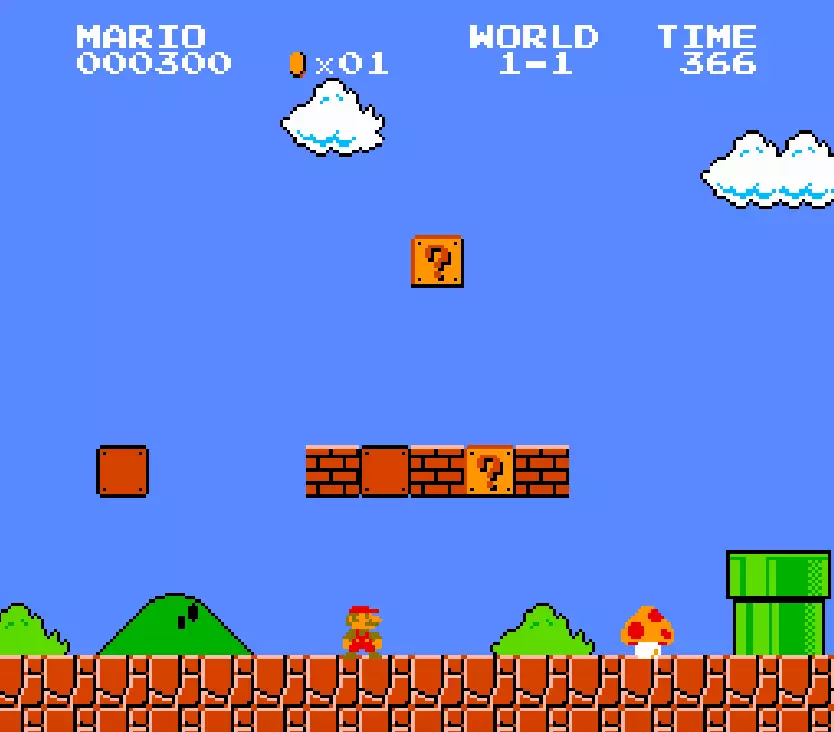
SUPER MARIO BROS. (1985)
One of the NES's most famous games, and bundled with the console in many territories, Super Mario Bros. is where Nintendo's mascot really began to make an impression on players, and is the system's best-selling release. But, have you ever looked at the landscape Mario's running and jumping through? In World 1-1, one of the most recognisable video game stages ever created, there's some palette-swap trickery at play.
Advert
Writes Scullion: "Because NES cartridges had smaller storage in the early days, [Nintendo] had to come up with clever ways to make the most of Super Mario Bros.'s 32KB of space. Colour changes were one way: Mario and Luigi are identical sprites with swapped colours. But look at the clouds and bushes in the screenshot."
Wait. The clouds are the bushes. Why you, Nintendo...
---
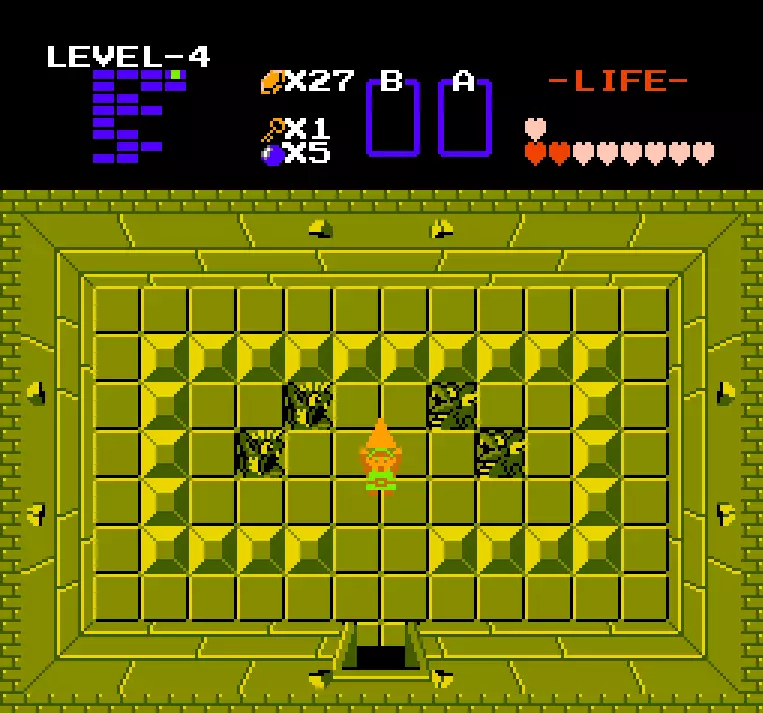
THE LEGEND OF ZELDA (1987)
Zelda (and Link, of course) made their debuts on the NES with this top-down adventure game, which offered players a freedom that felt hugely refreshing at the time (and was essentially returned to with 2017's Breath of the Wild). Much of the gameplay elements it introduced have been mainstays of the series ever since.
Advert
But in 1987, gamers might've got a shock when they took a second to appreciate the layout of The Legend of Zelda's third dungeon, The Manji. And if you search for what a manji is, precisely why anyone could have been taken aback should become totally obvious.
Says Scullion: "The layout of the third dungeon appears to be shaped like an inverted swastika. Don't throw your Zelda games in the fire, though: it's actually a 'manji', a Buddhist symbol of good fortune."
I mean, phew, frankly.
---
Advert
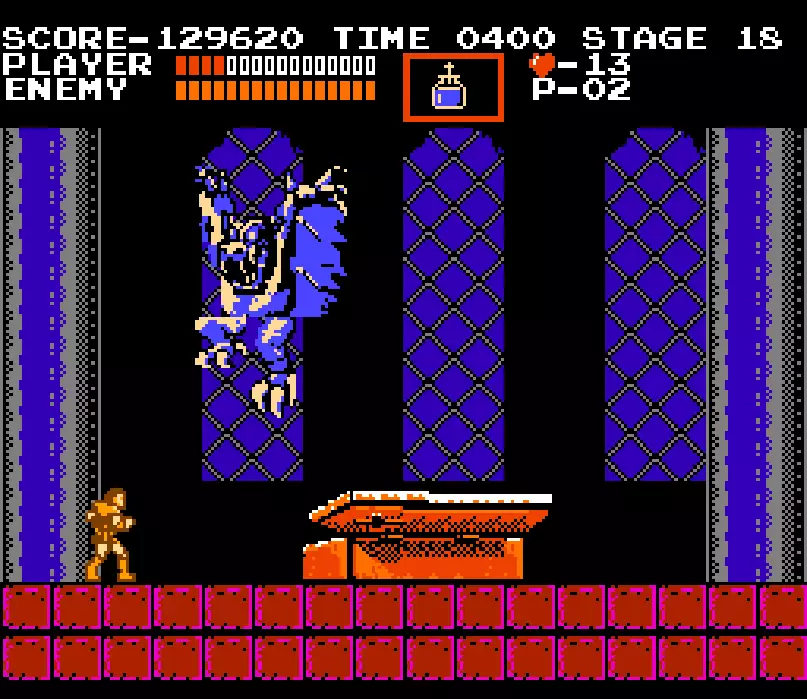
CASTLEVANIA (1987)
Konami's classic action-platformer - the start of its series, and precursor to a genre that'd become known as metroidvania (although it was really Symphony of the Night that solidified that) - Castlevania is still a blast to whip your way through today. Assuming you can avoid those instant-death bottomless pits, that is - who even puts them in a castle? Sheesh.
Of course, Castlevania was hugely influenced by classic horror, with the player character Simon Belmont's ultimate goal being the extermination of the castle's master, Count Dracula himself. Not that he's actually called 'Dracula' here, just the Count - and the game also has some fun with other famous horror movie icons, albeit with the actors' names.
Advert
Scullion explains: "Castlevania's end credits has a 'cast' section, with modified versions of famous horror actors' names including Christopher Bee (Lee), Boris Karloffice (Karloff) and Belo (Bela) Lugosi."
---

KID ICARUS (1987)
Made by much of the same team as Metroid, including Gunpei Yokoi (who'd go on to lead development of the Game Boy) and Yoshio Sakamoto (director of Super Metroid and producer on WarioWare: Smooth Moves), Kid Icarus is a terrific NES title that's often put in the shade by other first-party Nintendo franchises, mainly because it never spawned a massive series in its wake - only three Kid Icarus games proper have ever come out.
Nevertheless, the game's protagonist, Pit, has been a regular in Nintendo's Smash Bros. fighting game series, and he was joined by Kid Icarus's light goddess Palutena in the iteration(s) that came out for the Wii U and 3DS. One character from the NES game that hasn't made it elsewhere, however, owes a lot to a certain rock singer.
Writes Scullion: "One of the enemies in the game is a massive floating pair of lips called Mick. It looks suspiciously similar to the famous 'tongue and lips' logo for the Rolling Stones, whose lead singer is Mick Jagger."
---
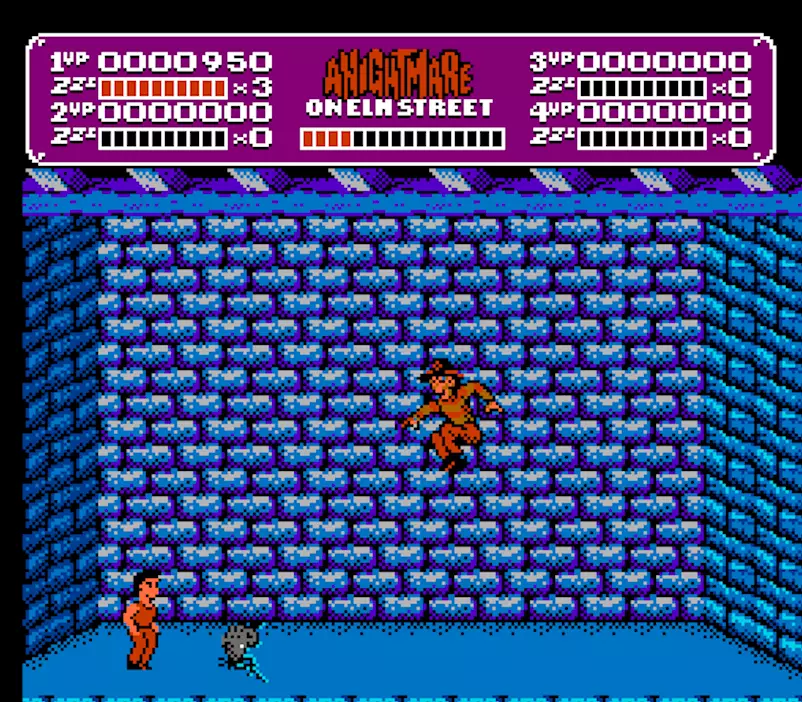
A NIGHTMARE ON ELM STREET (1990)
Now, I have to admit that I've never played this one - back in the 8-bit era, none of my NES-owning pals had a copy - but the NES Encyclopedia tells us that it was a co-op platformer where up to four players could work together to burn the bones of Elm Street series antagonist Freddy Krueger. This involves going to the Dream World from time to time, where enemies are harder, and Freddy himself must be defeated at the end of each level.
What's interesting here is what the game could have been, especially given Nintendo's family friendly reputation. The Elm Street movies feature plenty of blood and guts, and a host of dead kids. Surely, surely, that would never make for a video game pitch, especially not for a Nintendo console. Yeah, about that.
Scullion reveals: "The original prototype of A Nightmare on Elm Street was very different. An early ad in Nintendo Power magazine promised that the player would actually be Freddy, trying to kill the teens trying to scatter his bones."
Teenager Murder Sim: doesn't sound very Nintendo at all, does it.
---
The NES Encyclopedia: Every Game Released for the Nintendo Entertainment System is available now from decent book retailers on the high street and online, via White Owl/Pen and Sword. All original NES screenshots via Moby Games.
Featured Image Credit: Nintendo
Topics: super mario bros, zelda, Nintendo, Retro Games